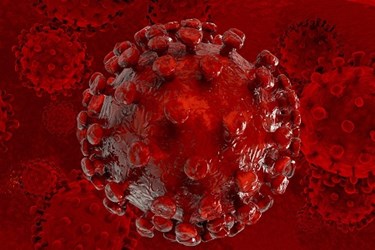Will BRICS Have Answers To The HIV Vaccine Search?
By Anna Rose Welch, Editorial & Community Director, Advancing RNA

Some news crossed my desk recently that set my sights on what we can hope for from some of the BRICS nations in the New Year.
At the beginning of December, Russia announced it was pushing not just one, but three new HIV vaccines into clinical trials. It’s still very early in the process, and judging from the response of Alexei Mazus, the head of Moscow City Center Russia for Preventing and Fighting AIDS, the country is keeping its expectations in check that any of these three vaccine candidates could be the answer to one of the hottest global health problems. Mazus said these three are “neither worse nor better than the Western counterparts. They have only entered their trial stage, but they are ready as a product.”
This news followed shortly after the announcement that one vaccine, CombiHIVvac, was poised to enter a Phase 2 trial—the first Russian HIV vaccines to make it Phase 2. At the time however, researchers were anxiously awaiting government approval of $5 to $7.5 million in funding, and to my knowledge, there haven’t been any sources released confirming that those funds have been approved as of yet.
But Russia is not the only country searching for a successful HIV vaccine as we venture into 2015. The Atlantic recently reported that fellow BRIC nation, South Africa, was exploring treatment possibilities in the HIV vaccine space. In fact, we should expect to see a preventative vaccine entering clinical trials there by the end of January.
According to The Atlantic, a U.S. and Thai military vaccine candidate, RV144, is the closest we’ve come to seeing a beneficial, preventative HIV vaccine. In a three year study that ended in 2009, the vaccine showcased a 31 percent efficacy rate — though this percentage had dropped from the 60 percent efficacy recorded after the first year of the study. While this drop in efficacy overtime isn’t entirely reassuring, it luckily isn’t stopping South Africa from testing to see if this same vaccine could work better in its own population. It’s definitely worth a try considering the country boasts an HIV/AIDS population of 6.3 million, which is the highest HIV/AIDS population in the world, according to The Atlantic.
South Africa recently held a Phase 1 trial of the same vaccine regimen from RV144: ALVAC (Prime) and AIDSVAX B/E (the boost). Though, in this case the regimen was followed by an additional booster shot 12 months later. Patients treated with the vaccine experienced an immune response and saw no adverse effects. Whether the drug has the potential to prevent HIV has yet to be seen. This January, Phase 1 and 2 trials will be launched to adapt the vaccine to the South African population, which suffers from the “C” subtype, or clade, of HIV. The vaccine will be revised to have a clade “C”-specific insert and will contain a protein adjuvant. Twelve months following initial treatment, patients will receive a booster shot. The efficacy trial will enroll 7,000 patients, and results are expected in 2018.
It will obviously be some time before any significant results are recorded. However, when looking back at the past year, HIV research is indeed advancing, and in promising directions. The Huffington Post put together a compilation of some of the biggest HIV/AIDS research breakthroughs of 2014, which highlights the promise of broadly neutralizing antibodies as opposed to anti-retrovirals, and the potential of injectable drugs to boost treatment adherence. Perhaps in the next few years, a roundup will include one of the efforts being undertaken by BRICS.
